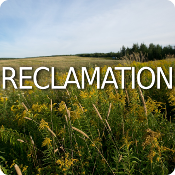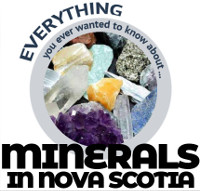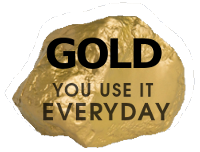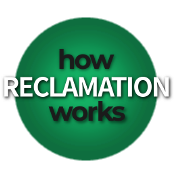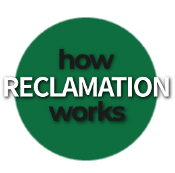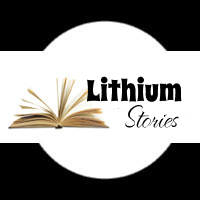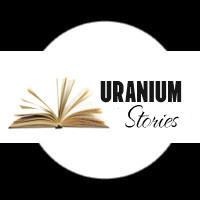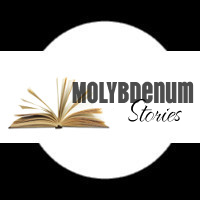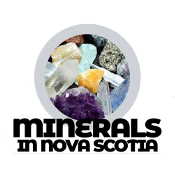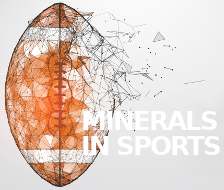- Why Mining Matters
- Jobs
- Safety
- Environment & Operations
- FAQ
- Links
- Fun Stuff
You are here

Aerotech Connector
Rock In Gum
Crusher Dust
Rock ID
Muskrat Falls Hydro
Blind Ben Morris
Highway 107
Loops and the Cornish Miner
Birchtown’s Black Granite
Cliff Safety
Lake Enon Celestite
Pumice and Stone-Washed Jeans
WWII Exploration
Gibraltar Black Granite
Seal Island Bridge
Fort Needham
Wilmot Spa Springs
Opal
Kiwanis Park
Three Types of Rock at Peggy's Cove
Guysborough’s Alumina
Inside Asphalt
The Concrete House
Canso Causeway
Shubie Park
Sambro Lighthouse
Titanic Headstones
Why are some roads red?
Marshdale Gabbro
New Britain Quartz Mine
Mica Hill
King Quarry
Queensport
Quarry Lake
Miners in War
The Pit
Oxford Tripoli Company
Sibley Mountain Slate Quarry
Terence Bay
East Gore Slate Quarry
Governor Lake Pegmatite
Spryfield Quarries
The Hydrostones
Bricks and the Halifax Explosion
Armdale Roundabout
South River Lake Quarry
Shelburne Granite Boulders
Belmont Pit
Whetstone Lake
Shelburne Island Park Quarry
Millstone Island
Beaverbank Slate Quarry
St. Margaret's Bay
Agate
Soapstone Mine
Kennington Cove Talc
Lapis Lazuli
Amethyst
Dowsing
Spryfield’s Rocking Stone
Nictaux
Standard Clay Products
Erinville
HIghway 104
Factory Bog
Where does gravel come from?
Crusher Dust
The Truro Amateur Athletics Club’s running track was built in the 1890s of crusher dust. Crusher dust is finely-ground rock, a byproduct of crushing rock to make it suitable for construction.
According to the TAAC Revitalization Project, the Truro Amateur Athletic Club was formed to establish a playing field capable of accommodating a wide range of sports. A rough field in the town’s west end was purchased and turned into a facility that hosted major competitions in sports including cricket, lacrosse, football, tennis and baseball. The track was first used for the popular bicycle races of the time before evolving into a major track and field venue.
Crusher dust is used in places like driveways and walkways, and as a foundation under bricks and paving stones, water tanks, piping and anything that will be paved or covered over.
Crusher dust is also used in gardening as a natural fertilizer. It contains minerals that are insoluble to water, which makes it a good material to stop mineral leaching in soils; to reduce water logging; and to raise the pH levels of the soil. Using crusher dust in horticulture can also aerate the soil and facilitate root growth.
Nova Scotia has a network of quarries throughout the province that provide the aggregate we need to build and maintain our infrastructure. Aggregate makes up about 80% of concrete and 94% of asphalt.
Aggregate is the most-mined material in the world because it is used in virtually all infrastructure, including homes, roads, schools and hospitals.
Nova Scotia needs 10-15 million tons of new aggregate each year for infrastructure.


